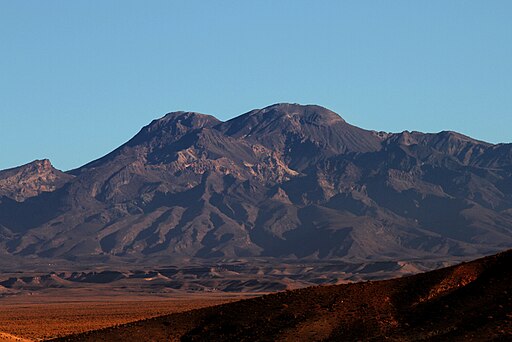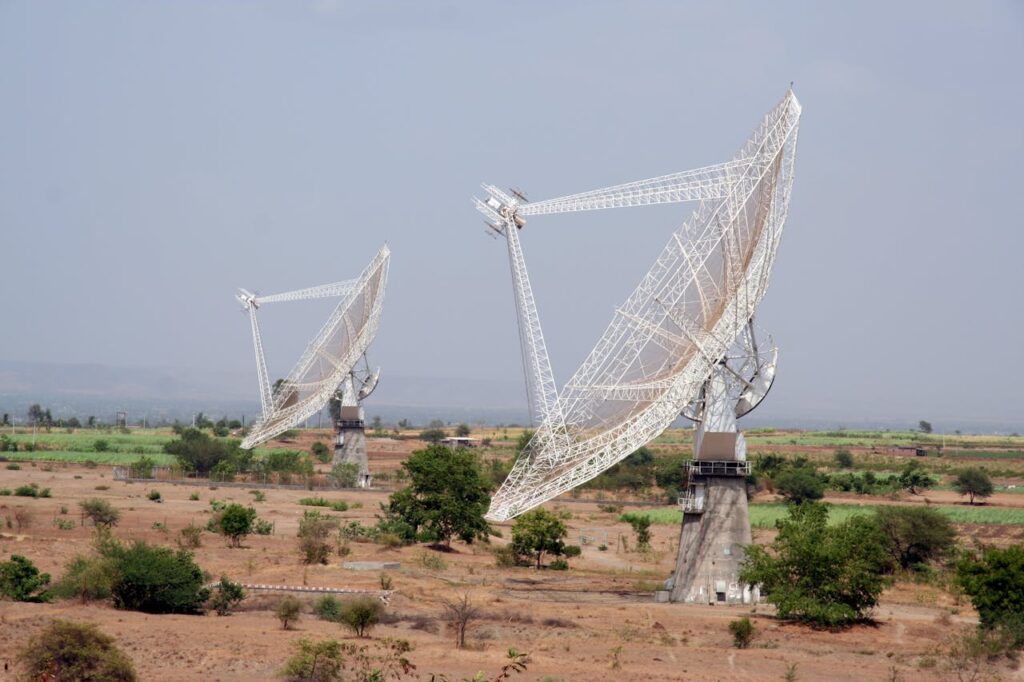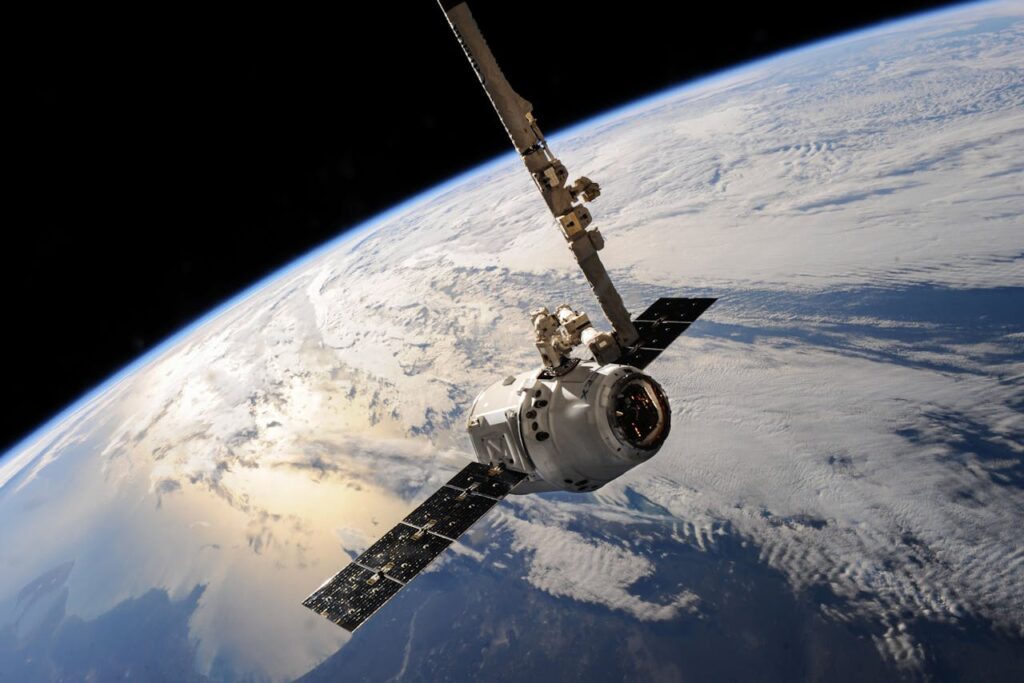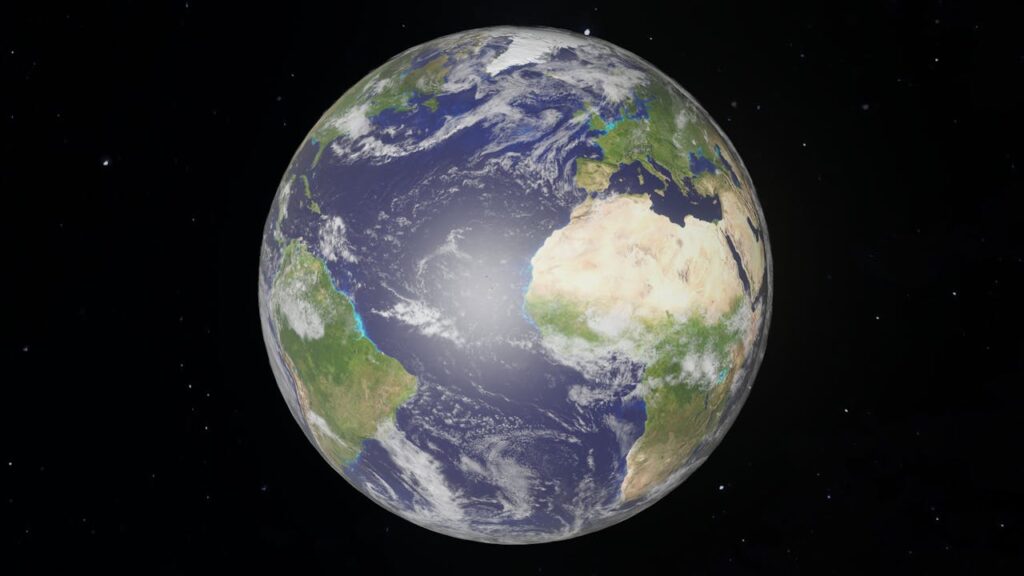When the Earth Breathes Again: Lessons from a Volcano’s Awakening

For nearly a million years, a mountain in southeastern Iran slept beneath the desert sun. Its name was Taftan, a silent, towering sentinel standing 13,000 feet tall, thought to have drawn its final fiery breath some 700,000 years ago. Yet recently, Earth whispered through it once again. The ground rose 3.5 inches, gases escaped into the air, and what was long considered extinct began to stir.

To many, this might sound like a scientific headline. But beneath the numbers lies a message much deeper: the Earth is alive, always speaking, and sometimes we only notice when it shouts.
A Volcano Wakes from Its Slumber
In October 2024, researchers published a study in Geophysical Research Letters revealing that the summit of Taftan volcano had risen nearly 9 centimeters between July 2023 and May 2024. This subtle yet steady movement wasn’t random. It hinted at something powerful building beneath the surface.
According to Live Science, senior author Pablo González, a volcanologist at the Institute of Natural Products and Agrobiology in Spain, explained, “It has to release somehow in the future, either violently or more quietly.”
While González emphasized there is no reason to fear an imminent eruption, he also called this phenomenon “a wake-up call to the authorities in the region in Iran to designate some resources to look at this.”
Taftan, it turns out, isn’t as extinct as once believed. It’s dormant, alive, breathing, and shifting beneath our feet. The uplift suggests a buildup of gas pressure below the volcano’s surface, possibly due to changing hydrothermal activity or small movements of magma far beneath the crust.
Mohammadhossein Mohammadnia, a researcher under González, discovered these changes while studying satellite imagery. Using the European Space Agency’s Sentinel-1 mission, he noticed the ground near Taftan’s summit rising, almost imperceptibly but undeniably. As he told Live Science, there were no nearby earthquakes or rainfall events to explain it. Something within the Earth was moving.
What the Science Teaches Us
From a scientific perspective, the story of Taftan is a remarkable case of modern technology meeting ancient forces. The volcano lies far from the Pacific’s fiery Ring of Fire, reminding us that Earth’s power doesn’t belong to any one region. Even in places we deem quiet, there is always motion, pressure, and transformation.

The Taftan study demonstrates how satellite-based radar interferometry has revolutionized how scientists monitor remote volcanoes. By measuring millimeter-scale changes in elevation from space, researchers can detect early warning signs long before visible eruptions occur. This approach is vital in regions like southeastern Iran, where political challenges and rugged landscapes make on-the-ground monitoring difficult.
Satellite data revealed that from July 2023 to May 2024, Taftan’s summit rose 3.5 inches, and since that uplift hasn’t receded, the team concluded that gas is still building. This persistent deformation, combined with reports of fumarolic activity, points to an active hydrothermal system below the surface. Even small changes in pressure or temperature can shift underground fluids and gases, reminding us that volcanic systems are constantly evolving rather than fixed in dormancy.

“Our study shows that Taftan volcano is more active than previously thought,” the researchers wrote. “These findings emphasize the critical need for enhanced long-term monitoring and hazard mitigation strategies at Taftan and other dormant volcanoes with poorly understood activity histories.”
This isn’t just about one volcano. It’s a mirror of how we often underestimate the quiet things in nature and in ourselves. Just because something has been still for a long time doesn’t mean it’s lifeless. Sometimes, silence is just the pause before renewal.
The Metaphor Beneath the Mountain
If Earth could speak, what might it be saying through Taftan? Perhaps it’s reminding us that even after ages of dormancy, life always finds a way to move again. Beneath our calm exteriors, we too contain pressures and energies that demand release. Suppress them long enough, and they either explode or transform us.

The awakening of Taftan mirrors the quiet yet profound transformations that occur within the human spirit. Like magma moving unseen beneath the crust, growth often happens in the dark. The discomfort we feel during moments of tension or change may simply be the rumbling of our inner landscape preparing for renewal. Taftan teaches us that creation and destruction are two sides of the same process, each necessary, each purposeful.
Just as volcanic pressure rises from deep within the Earth’s mantle, our own creative and emotional energies stem from unseen depths of the soul. When we allow those energies to surface in healthy ways, through expression, compassion, or change, we prevent them from erupting destructively. The Earth’s movements are not random; they are acts of recalibration. So too are our struggles, our breakdowns, and our awakenings.
Ultimately, the Earth doesn’t move in vain. It rises to rebalance itself, to restore harmony between what lies beneath and what exists above. In listening to the rhythm of mountains like Taftan, we are reminded to listen to ourselves, to honor our internal quakes, to allow release, and to trust that even upheaval can be sacred.
Humanity and the Need to Listen
The Taftan study also highlights a more tangible truth: our relationship with the planet is dangerously passive. According to Popular Mechanics, Taftan lacks even basic GPS monitoring systems found on other active volcanoes such as Mount St. Helens. Scientists rely entirely on satellites to detect changes. Meanwhile, nearby residents have reported sulfur odors and even allergic reactions due to fumarolic gases.
Local governor Alireza Shahnavazan told reporters, “Almost every year, following snowfall and rain in the Taftan area, we witness steam escaping from the peak of the Taftan volcano.” Yet, despite these warnings, little has been done to install proper monitoring systems.
This negligence isn’t unique to Iran. Across the world, we often react to disasters instead of preparing for them. We tune out nature’s early signals, distracted by human noise, and then act surprised when the Earth finally raises its voice.

But the planet is not our enemy. It’s our teacher. Every tremor, flood, or volcanic awakening is a lesson in humility, a reminder that we are guests on a living, breathing organism that demands our attention and respect
From Fear to Reverence
When we read about a volcano waking after 700,000 years, fear might be our first response. Yet, as González said, “This study doesn’t aim to produce panic in the people.” Instead, it calls us to observe, to understand, to listen.
We can look at this not as a threat, but as a moment of awe. The same energy that forged continents and carved valleys is still alive today. The same deep processes that shaped our world continue to evolve, reminding us of the continuity of creation.
Science gives us the tools to measure these forces; spirituality gives us the wisdom to interpret them. Both lead us to the same truth: we are part of something vast and alive.
Lessons from Taftan
What can we learn from this sleeping giant’s awakening?
- Stillness is not the same as death. Just because something is quiet doesn’t mean it’s over. The Earth, like us, cycles through seasons of rest and renewal.
- Pressure is a signal, not an enemy. Whether in a volcano or a human heart, pressure builds where energy is trapped. When acknowledged, it can become creation instead of destruction.
- Observation is respect. Monitoring a volcano isn’t just scientific duty; it’s an act of reverence for life’s processes. The same goes for self awareness.
- Every eruption has a message. Sometimes the world has to shake us awake to remind us of what truly matters.
When the Earth Breathes, So Do We
The Earth is not distant from us; it is us. The carbon in our bones, the iron in our blood, and the warmth that sustains us all come from the same cosmic fire that shapes mountains like Taftan. When the ground beneath Iran lifts, it is not merely a geological tremor but a reminder that creation still moves within us. We, too, rise and fall with the planet’s rhythm, bound by an ancient pulse that connects every living thing.
Taftan’s stirring shows that silence is not absence but preparation. Even after 700,000 years, pressure built unseen until it found a voice. In our own lives, the same truth applies. The quiet moments we mistake for stagnation are often the ones where change begins. Beneath every still surface, growth waits, unseen but certain, urging us toward renewal.

When the Earth breathes, so do we. Its awakenings call us to remember our shared resilience, our power to transform, and our duty to listen. Each tremor, each plume of smoke, each breath of sulfur reminds us that life is never static. It moves, adapts, and persists. The fire never dies; it only waits for the moment to rise again.
Featured Image from Amirhossein Nikroo, CC BY-SA 3.0, via Wikimedia Commons
Loading...

